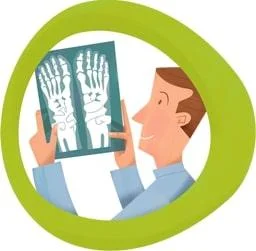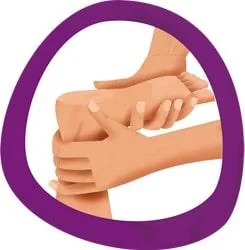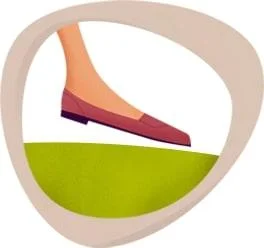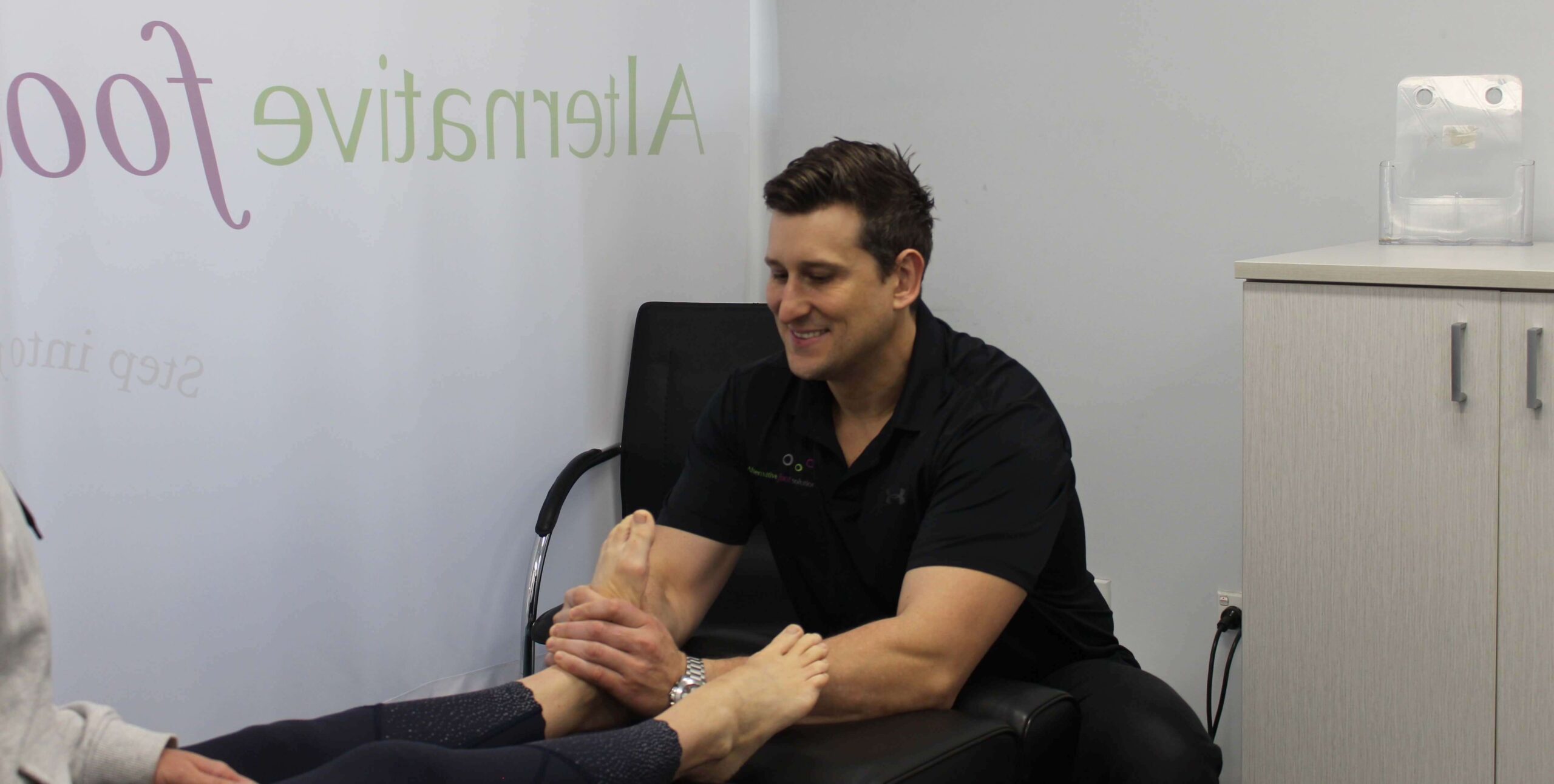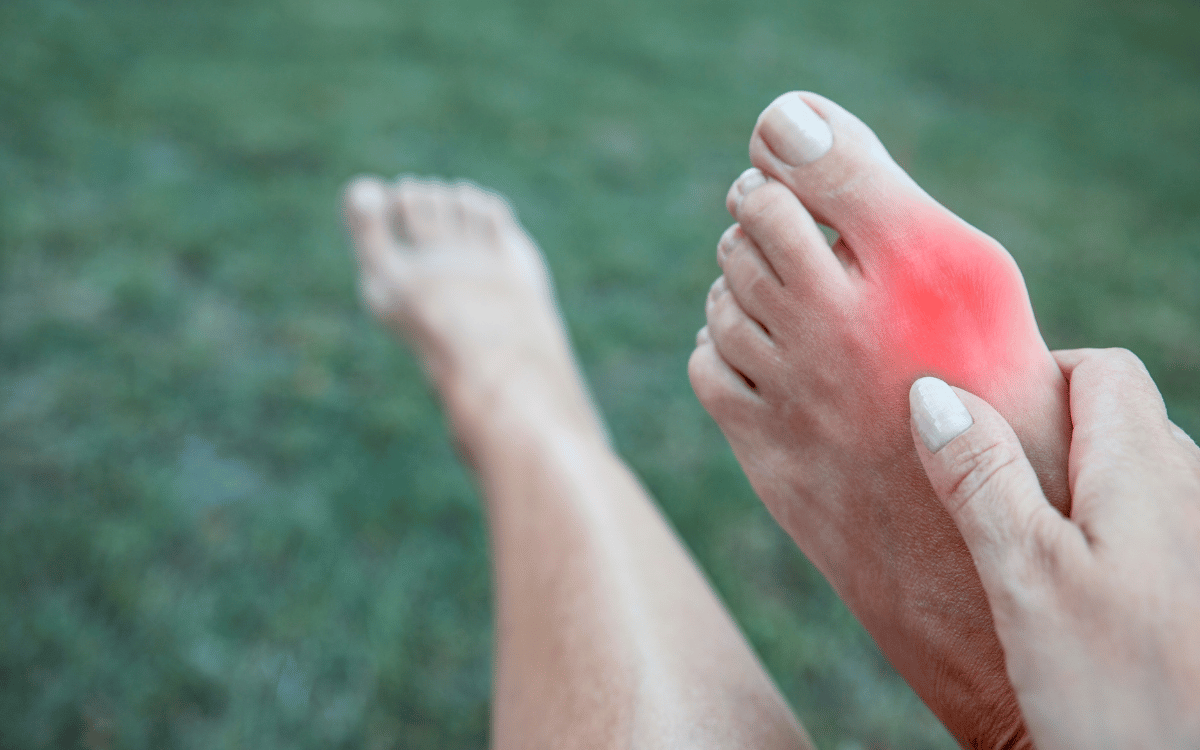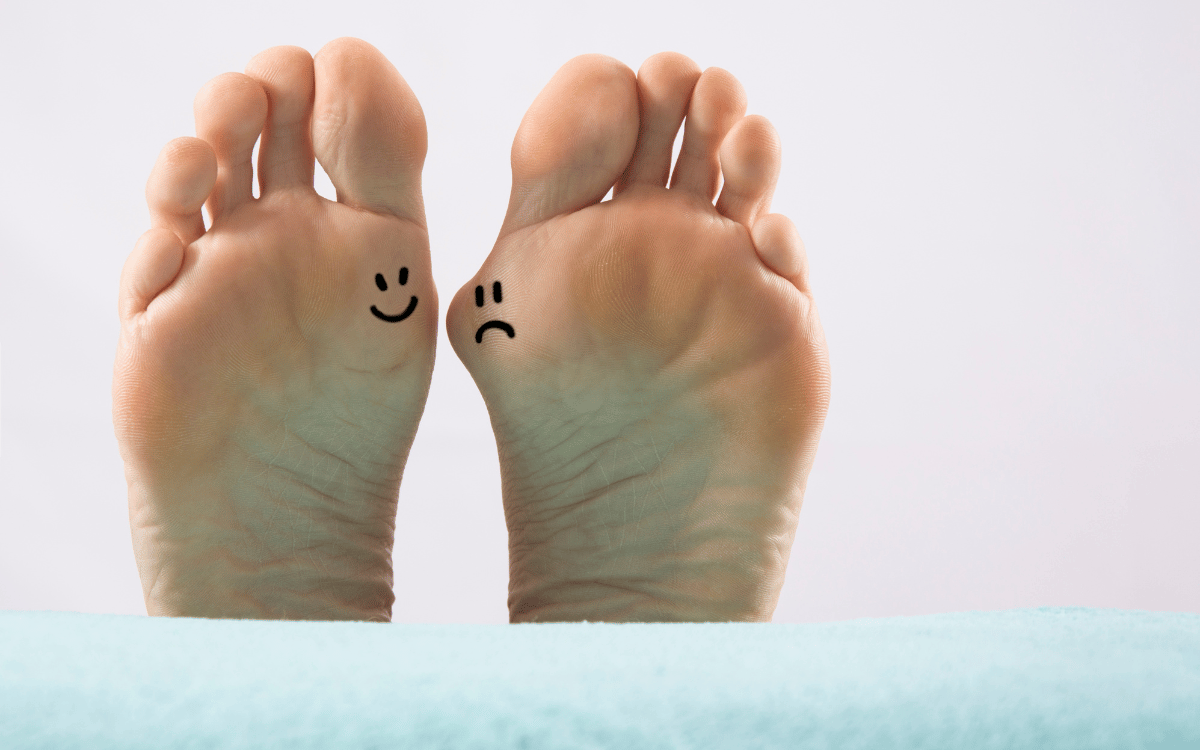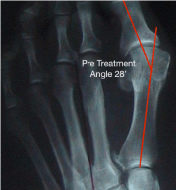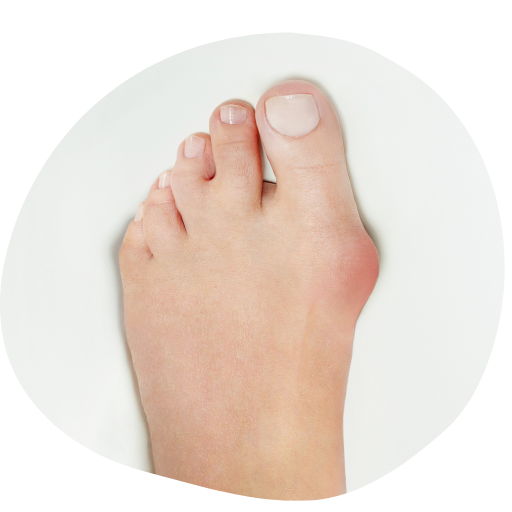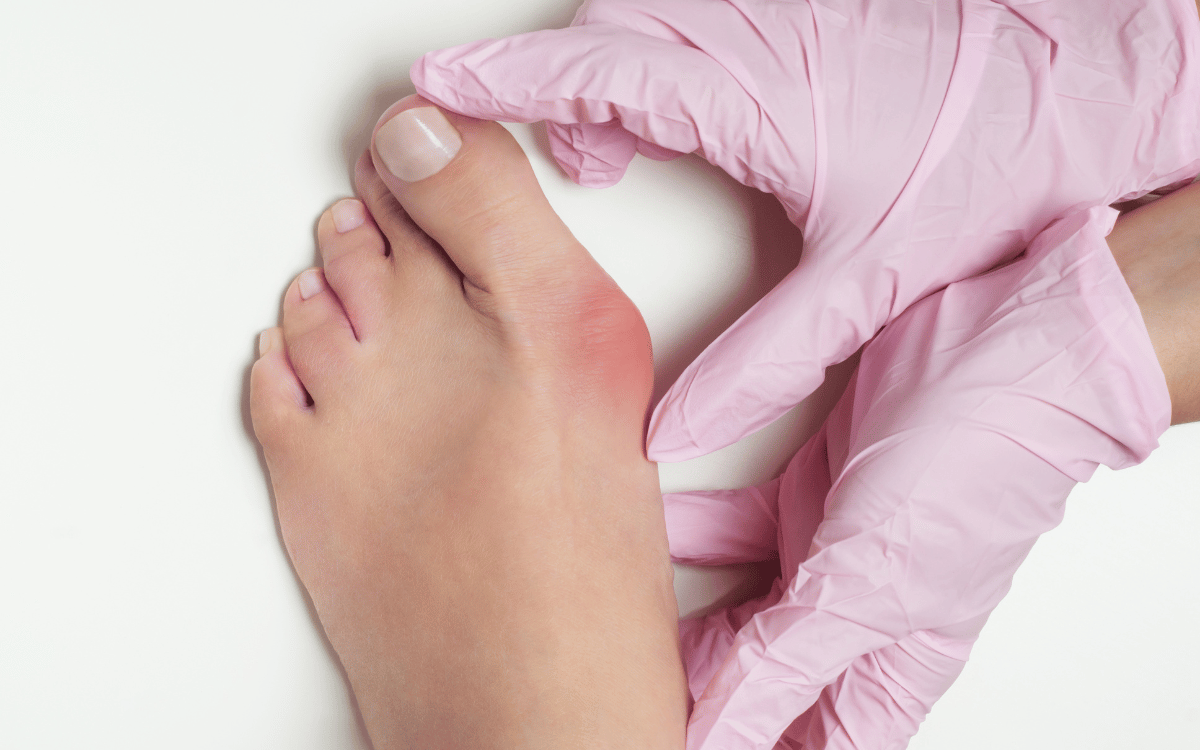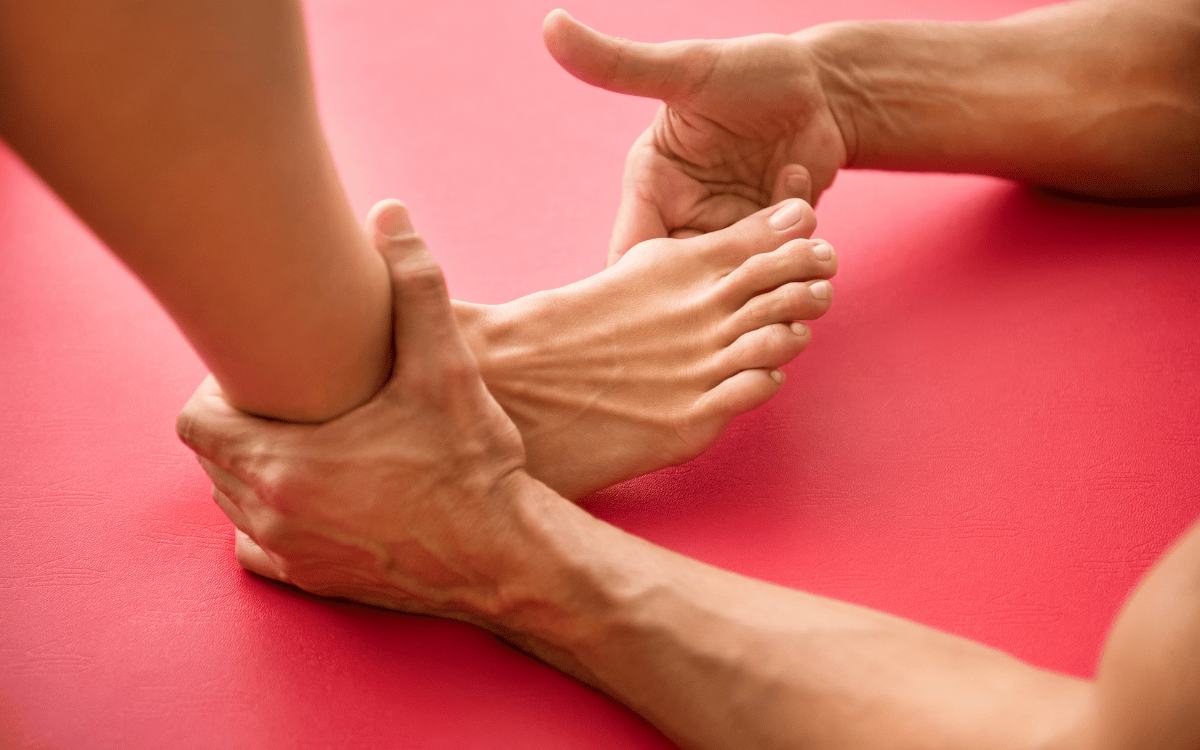Frequently Asked Questions
What are the non-surgical treatment options for bunions in Sydney?
The non-surgical treatment options for bunions in Sydney include custom orthotics, padding, physical therapy, and lifestyle modifications to alleviate pain and improve foot function. Our clinic specializes in these effective, non-invasive solutions.
Are there any non-surgical alternatives to bunion surgery?
Non-surgical alternatives to bunion surgery include custom orthotics, physical therapy, and lifestyle modifications. These options aim to alleviate pain and improve foot function without the need for invasive procedures.
Can a podiatrist in Sydney treat a bunion?
Podiatrists in Sydney can effectively treat bunions using non-surgical methods. They offer personalized assessments and various treatment options to alleviate pain and improve foot health without the need for surgery.
Do orthotics help in treating bunions in Sydney?
Orthotics can be beneficial in treating bunions in Sydney. They help realign the foot, reduce pain, and improve overall foot function, making them a valuable non-surgical option for managing bunion symptoms.
What are non-surgical options for bunion pain relief?
Non-surgical options for bunion pain relief include custom orthotics, foot exercises, ice therapy, and anti-inflammatory medications. These methods aim to alleviate discomfort and improve foot function without the need for surgical intervention.
What non-surgical methods relieve bunion pain?
Non-surgical methods to relieve bunion pain include custom orthotics, padded inserts, anti-inflammatory medications, and physical therapy. These approaches aim to reduce discomfort and improve foot function without the need for surgery.
How effective are bunion splints for treatment?
The effectiveness of bunion splints for treatment varies among individuals. While they can provide temporary relief by gently realigning the toe, they are most effective when used in conjunction with other non-surgical treatments.
What exercises help reduce bunion discomfort?
Exercises that help reduce bunion discomfort include toe stretches, marble pickups, and foot rolls. These activities strengthen foot muscles, improve flexibility, and alleviate pressure on the bunion, promoting overall foot health.
Can custom orthotics improve bunion symptoms?
Custom orthotics can improve bunion symptoms by providing better foot support, reducing pressure on the affected area, and promoting proper alignment. This can alleviate pain and discomfort associated with bunions, enhancing overall foot health.
What lifestyle changes can alleviate bunion pain?
Lifestyle changes that can alleviate bunion pain include wearing properly fitting shoes with a wide toe box, maintaining a healthy weight, and incorporating foot exercises to strengthen muscles and improve flexibility.
Are there specific shoes recommended for bunions?
Specific shoes are recommended for bunions to provide comfort and support. Look for footwear with a wide toe box, soft materials, and good arch support to alleviate pressure on the bunion and enhance overall foot health.
How do bunion pads provide relief?
Bunion pads provide relief by cushioning the affected area, reducing friction and pressure on the bunion. This helps alleviate pain and discomfort while promoting better alignment of the toes, making daily activities more comfortable.
What is the recovery time for non-surgical treatments?
The recovery time for non-surgical treatments varies, but many patients experience relief within a few weeks. Regular follow-ups and adherence to the treatment plan can further enhance recovery and improve foot health.
Can physical therapy help with bunion issues?
Physical therapy can effectively assist with bunion issues. It helps strengthen foot muscles, improve flexibility, and alleviate pain, potentially reducing the need for surgical intervention.
What are the risks of bunion surgery?
The risks of bunion surgery include complications such as infection, nerve damage, stiffness, and the possibility of recurrence of the bunion. Additionally, some patients may experience prolonged pain or difficulty in recovery.
How often should I wear bunion correctors?
The frequency of wearing bunion correctors is essential for effective treatment. It is generally recommended to wear them for several hours a day, ideally starting with 30 minutes and gradually increasing to 3-4 hours as your comfort allows.
What is the best way to manage bunion pain?
The best way to manage bunion pain is through non-surgical treatments such as custom orthotics, supportive footwear, and physical therapy, which can help alleviate discomfort and improve foot health without the need for surgery.
Are there dietary changes that help bunion pain?
Dietary changes can help manage bunion pain. Incorporating anti-inflammatory foods, such as omega-3 fatty acids, fruits, and vegetables, while reducing processed foods and sugars may alleviate discomfort and support overall foot health.
What role does weight management play in bunions?
The role of weight management in bunions is significant. Maintaining a healthy weight can reduce pressure on the feet, alleviating pain and slowing the progression of bunions, ultimately improving overall foot health.
How can I prevent bunions from worsening?
Preventing bunions from worsening involves wearing properly fitted shoes, avoiding high heels, and using orthotic inserts to support foot alignment. Regular foot exercises can also help maintain flexibility and strength, reducing discomfort and progression.
What are the signs that I need treatment?
The signs that indicate you may need treatment include persistent foot pain, swelling, difficulty walking, or visible deformities such as bunions. If these symptoms affect your daily activities, it's important to seek professional assessment.
Can a podiatrist provide home care advice?
Podiatrists can provide valuable home care advice tailored to individual foot health needs. They can recommend proper footwear, exercises, and self-care techniques to manage conditions like bunions and improve overall foot health.
What are the benefits of early bunion treatment?
The benefits of early bunion treatment include reduced pain, prevention of further deformity, and improved foot function. Addressing bunions early can help maintain mobility and enhance overall foot health without the need for invasive surgery.
How do I choose a podiatrist for bunions?
Choosing a podiatrist for bunions involves considering their experience in non-surgical treatments, patient reviews, and their approach to personalized care. Look for a clinic that specializes in bunion management and offers thorough assessments.
What are common misconceptions about bunion treatment?
Common misconceptions about bunion treatment include the belief that surgery is the only effective option and that bunions will inevitably worsen over time. In reality, many non-surgical treatments can alleviate pain and manage symptoms effectively.
How can I assess my bunion severity?
Assessing your bunion severity involves observing the size of the bunion, any associated pain, and the degree of misalignment of your big toe. For a thorough evaluation, consider scheduling an assessment with our specialists at Sydney Foot Solutions.
What is the cost of non-surgical bunion treatments?
The cost of non-surgical bunion treatments varies based on the specific therapies recommended. At Sydney Foot Solutions, we offer affordable assessment options to determine the best treatment plan for your needs.
Are there any new treatments for bunions?
New treatments for bunions include advanced non-surgical options such as custom orthotics, physical therapy, and innovative padding techniques that focus on pain relief and improved foot alignment, helping patients manage their symptoms effectively.
How do bunions affect overall foot health?
Bunions can significantly impact overall foot health by causing pain, discomfort, and altered gait. This misalignment may lead to further foot issues, including arthritis and calluses, ultimately affecting mobility and quality of life.
What should I expect during a podiatrist visit?
During a podiatrist visit, you can expect a thorough assessment of your foot health, including a discussion of your symptoms, a physical examination, and personalized treatment recommendations tailored to your needs.

